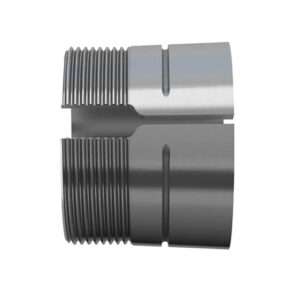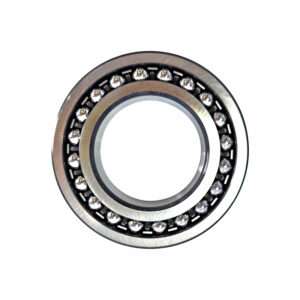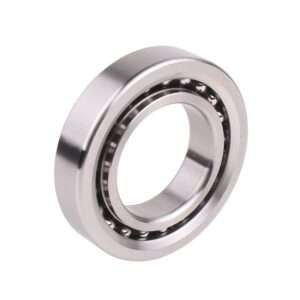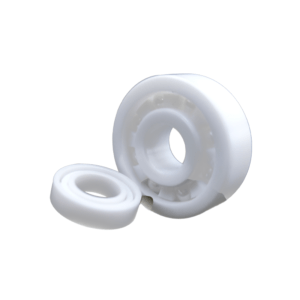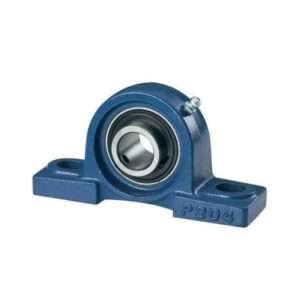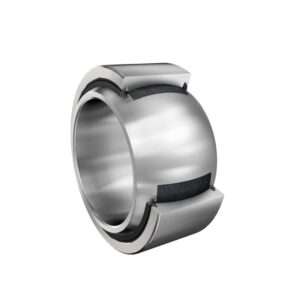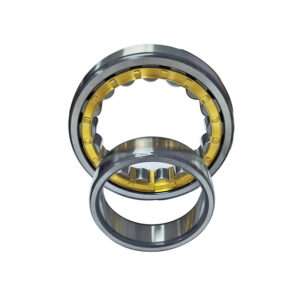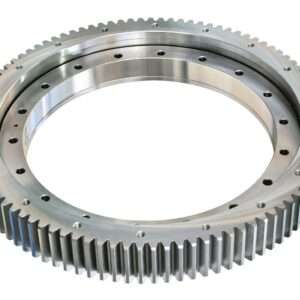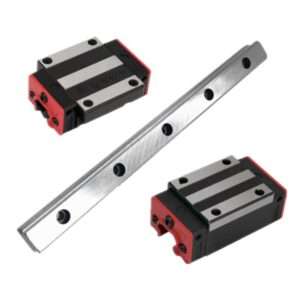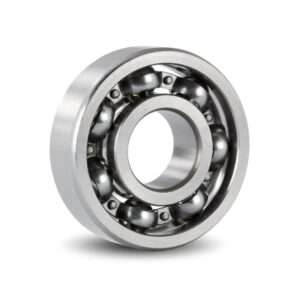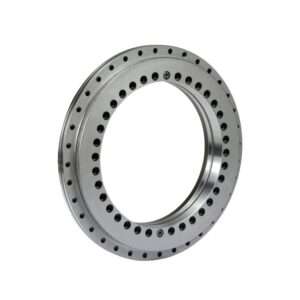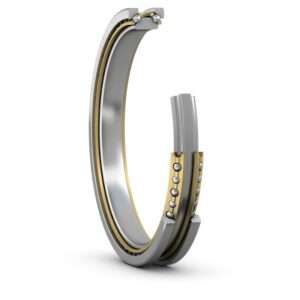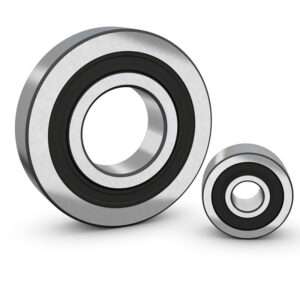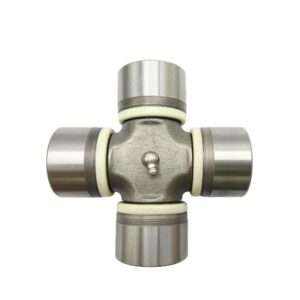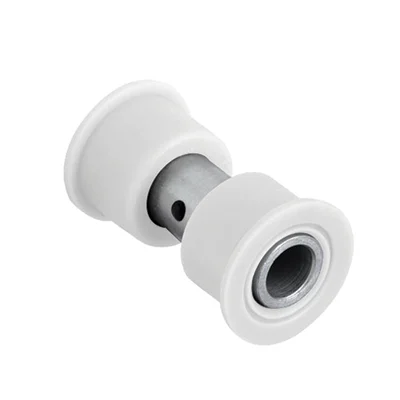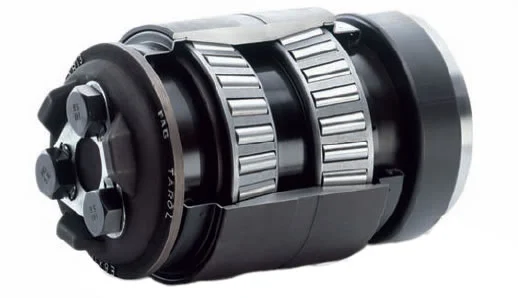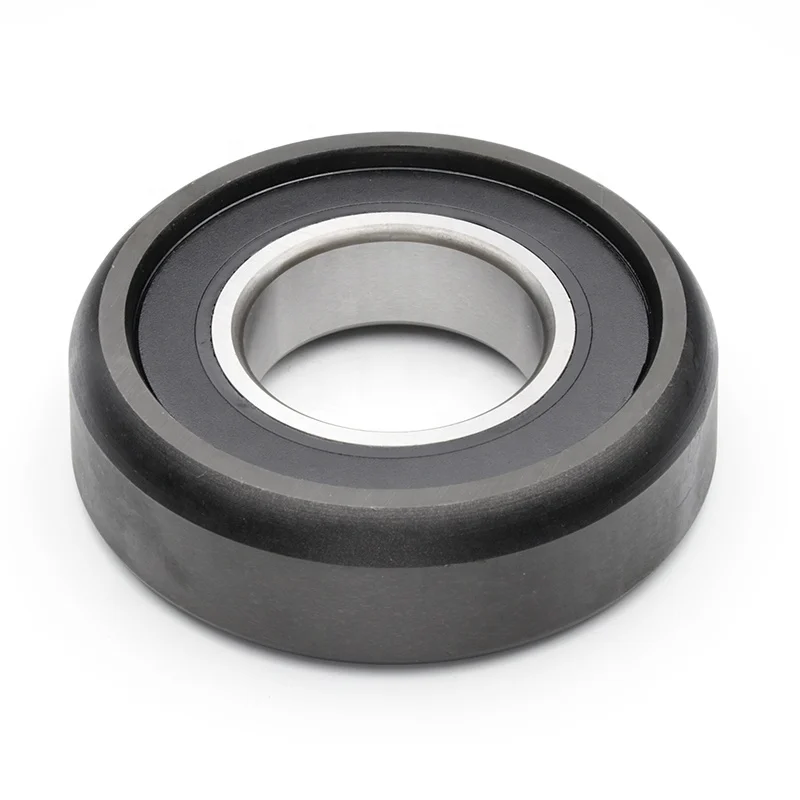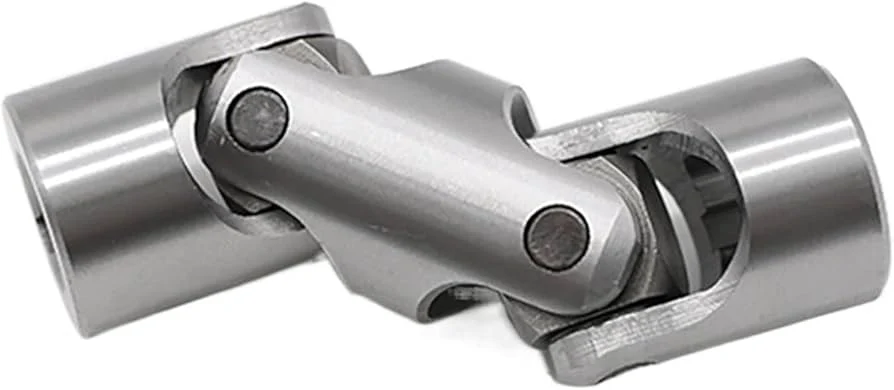Table of Contents
Categories
Types of Insert Bearings: Comparative Analysis and Selection Considerations

Introduction
Importance of insert bearings in various applications
Insert bearings play a pivotal role across a spectrum of applications, spanning from agricultural machinery to industrial equipment and automotive systems. These bearings serve as crucial components, providing support and facilitating smooth rotation within machinery and mechanical systems. In agricultural settings, insert bearings endure harsh conditions, while in industrial environments, they support heavy loads and high speeds. Automotive applications demand precision and reliability from insert bearings to ensure optimal performance. Understanding the importance of insert bearings in diverse applications underscores the need for thorough comparative analysis and thoughtful selection considerations.
Purpose of the comparative analysis and selection considerations
The purpose of conducting a comparative analysis and selection considerations for insert bearings is to enable informed decision-making in choosing the most suitable bearing type for specific applications. By comparing the design features, load capacities, and suitability of different types of insert bearings such as ball bearings, roller bearings, and tapered roller bearings, engineers and professionals can assess which option best aligns with the requirements and operating conditions of their machinery or systems. This process ensures optimal performance, longevity, and reliability, while also minimizing the risk of premature failure or inefficiencies due to mismatched bearing selection.
Overview of Insert Bearings
Insert bearings serve as crucial components in various mechanical systems, providing support and facilitating smooth rotation. At their core, insert bearings are designed to be inserted into housings or mounted onto shafts, where they bear the load and allow for controlled movement. Common components of insert bearings include an inner ring, outer ring, rolling elements (such as balls or rollers), and a cage to maintain proper spacing and alignment.
The construction of insert bearings is often robust and durable, capable of withstanding heavy loads, high speeds, and harsh operating conditions. These bearings are typically made from materials such as stainless steel, chrome steel, or ceramic, chosen for their strength, wear resistance, and corrosion resistance. Applications of insert bearings span across industries, ranging from agricultural machinery, where they support implements and equipment subjected to intense vibrations and extreme environments, to industrial equipment like conveyor systems and machinery in manufacturing plants, where they ensure smooth operation and reliable performance.
Moreover, insert bearings find use in automotive applications, supporting various components such as transmissions, wheel hubs, and steering systems, where precision, durability, and efficiency are paramount. Understanding the fundamental aspects of insert bearings and their widespread applications underscores their significance in modern engineering and emphasizes the need for comprehensive analysis and selection considerations.
Types of Insert Bearings
Ball Bearings:
- Design features: Ball bearings utilize spherical rolling elements to facilitate smooth rotation and reduce friction.
- Load capacity: They offer moderate to high radial load capacities, depending on size and configuration.
- Advantages: Ball bearings provide low friction, high-speed operation, and relatively low maintenance requirements.
- Disadvantages: They may have lower load capacities compared to other types, and are sensitive to misalignment and shock loads.
Roller Bearings:
- Design features: Roller bearings employ cylindrical or tapered rollers to distribute load evenly and handle heavier loads.
- Load capacity: Roller bearings offer higher radial and axial load capacities compared to ball bearings.
- Advantages: They excel in handling heavy loads, shock loads, and misalignment, providing enhanced durability and reliability.
- Disadvantages: Roller bearings may have higher friction and lower speed capabilities compared to ball bearings.
Tapered Roller Bearings:
- Design features: Tapered roller bearings have conical rollers and races, allowing them to support combined radial and axial loads.
- Load capacity: They offer high radial and axial load capacities, particularly suited for applications with combined loads.
- Advantages: Tapered roller bearings provide superior load support, resistance to misalignment, and enhanced efficiency.
- Disadvantages: They may be more complex to install and maintain compared to other types, and may require precise adjustment to optimize performance.
Design Features Comparison
Bearing element shape and arrangement
The comparison of bearing element shape and arrangement among different types of insert bearings explores how these factors influence performance and load-bearing capabilities. Ball bearings typically feature spherical rolling elements, providing smooth rotation and low friction. In contrast, roller bearings utilize cylindrical or tapered rollers, distributing load more evenly and accommodating heavier loads. Moreover, the arrangement of bearing elements within the bearing assembly, whether single-row, double-row, or multi-row configurations, affects load capacity and operational characteristics. Understanding the distinctions in bearing element shape and arrangement is crucial for selecting the most suitable insert bearing type based on specific application requirements, such as load capacity, speed, and environmental conditions.
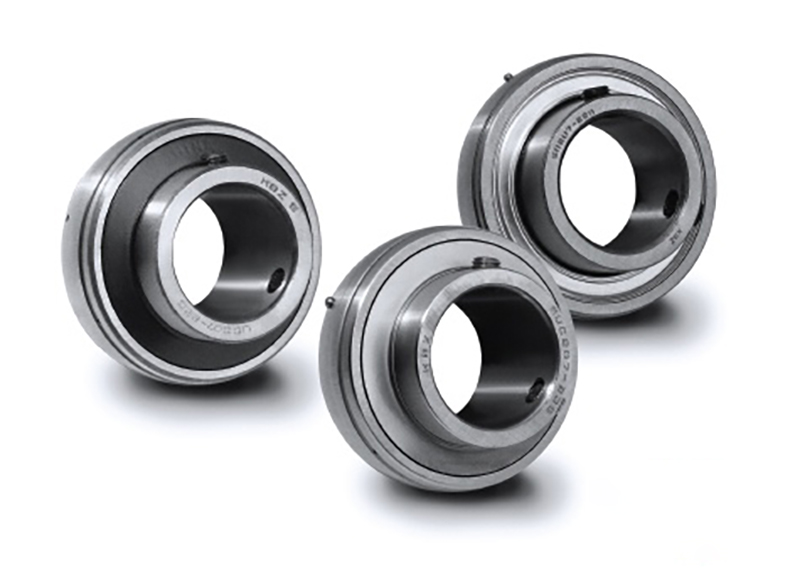
Lubrication mechanisms
The comparison of lubrication mechanisms among different types of insert bearings delves into how each bearing type maintains proper lubrication for optimal performance and longevity. Ball bearings typically employ grease lubrication, where lubricant is contained within the bearing housing or sealed around the bearing to reduce friction and wear. Roller bearings may also utilize grease lubrication but are more commonly equipped with oil bath or oil mist lubrication systems, especially in applications with higher speeds or temperatures. Tapered roller bearings often require precision in lubrication due to their design, with options ranging from grease packing to centralized lubrication systems. Understanding the differences in lubrication mechanisms is essential for selecting the most suitable insert bearing type based on factors such as operating conditions, maintenance requirements, and desired lifespan in various industrial applications.
Sealing options
The comparison of sealing options among different types of insert bearings examines how each type prevents contamination and retains lubrication within the bearing assembly. Ball bearings commonly feature rubber seals or metal shields to protect against dust, dirt, and moisture ingress while retaining grease lubrication. Roller bearings may employ similar sealing mechanisms but are also compatible with labyrinth seals or advanced sealing technologies for enhanced protection in harsh environments. Tapered roller bearings often incorporate integral seals or seal assemblies to prevent leakage and maintain optimal lubrication levels. Understanding the variations in sealing options is essential for selecting the most appropriate insert bearing type based on factors such as operating environment, contamination risk, and maintenance requirements in diverse industrial applications.
Load Capacities Analysis
Radial load capacity
The analysis of radial load capacity among different types of insert bearings focuses on their ability to withstand forces acting perpendicular to the shaft axis. Ball bearings typically offer moderate to high radial load capacities, making them suitable for applications with primarily radial loads. Roller bearings, on the other hand, excel in handling heavier radial loads due to their cylindrical or tapered roller design, which distributes load more evenly across the bearing surfaces. Tapered roller bearings further enhance radial load capacity by supporting combined radial and axial loads, making them ideal for applications with fluctuating or variable loads. Understanding the differences in radial load capacity is essential for selecting the most appropriate insert bearing type based on the specific load requirements and operating conditions of industrial machinery and equipment.
Axial load capacity
The analysis of axial load capacity among different types of insert bearings examines their ability to withstand forces acting parallel to the shaft axis. Ball bearings typically have lower axial load capacities compared to roller bearings due to their design, which prioritizes radial load support. Roller bearings, especially tapered roller bearings, demonstrate superior axial load capacities, making them suitable for applications with significant axial loads or combined radial and axial loads. Tapered roller bearings, in particular, are adept at handling both radial and axial loads simultaneously, providing versatility and efficiency in various industrial applications. Understanding the distinctions in axial load capacity is crucial for selecting the most suitable insert bearing type based on the specific load requirements and operational demands of machinery and equipment.
Combined load capacity
The analysis of combined load capacity among different types of insert bearings evaluates their capability to withstand both radial and axial loads simultaneously. While ball bearings offer moderate combined load capacities, they are generally more suited for applications with predominantly radial loads. Roller bearings, including cylindrical and tapered roller designs, exhibit superior combined load capacities due to their ability to distribute both radial and axial forces efficiently across the bearing surfaces. Tapered roller bearings, in particular, excel in applications with fluctuating or variable loads, providing reliable performance under diverse operating conditions. Understanding the variations in combined load capacity is essential for selecting the most appropriate insert bearing type based on the specific load requirements and operational demands of industrial machinery and equipment.
Factors Influencing Selection
Several factors influence the selection of insert bearings for industrial applications, ensuring optimal performance and longevity. Firstly, operating conditions play a critical role, including factors such as temperature, speed, and contamination levels. Bearings operating in high-temperature environments or subjected to frequent starts and stops may require specialized materials or lubrication to withstand thermal expansion and prevent premature failure. Similarly, bearings operating at high speeds may necessitate precision engineering and lubrication to minimize friction and heat generation. Contamination, such as dust, debris, or chemicals, can compromise bearing performance and lifespan, necessitating appropriate sealing and maintenance practices to mitigate risks.
Secondly, installation and maintenance requirements impact bearing selection, with considerations such as ease of installation, accessibility for maintenance, and lubrication intervals influencing decisions. Bearings that are difficult to install or require frequent maintenance may incur higher operational costs and downtime, highlighting the importance of selecting bearings with user-friendly designs and robust maintenance schedules. Lastly, cost considerations play a significant role, balancing the initial investment with long-term performance and reliability. While high-quality bearings may entail higher upfront costs, they often offer superior durability and efficiency, resulting in lower total cost of ownership over the bearing’s lifespan.
By carefully considering these factors, engineers and professionals can make informed decisions when selecting insert bearings that meet the specific requirements and challenges of their industrial applications.

Comparative Analysis in Real-world Applications
Comparative analysis in real-world applications provides valuable insights into the performance and suitability of different types of insert bearings across diverse industrial settings. Through case studies and practical evaluations, engineers and professionals can assess how various bearing types fare in specific operating conditions, load requirements, and environmental challenges. For example, in agricultural machinery, where vibrations and harsh conditions are prevalent, a comparative analysis may reveal that roller bearings offer superior durability and resistance to contamination compared to ball bearings. Similarly, in industrial equipment such as conveyor systems, where heavy loads and high speeds are common, tapered roller bearings may emerge as the optimal choice due to their ability to handle combined radial and axial loads efficiently.
Conclusions drawn from comparative analyses in real-world applications serve as valuable guidance for bearing selection, informing decisions that can impact the performance, reliability, and lifespan of industrial machinery and equipment. By identifying the most suitable bearing type based on empirical data and practical observations, engineers can mitigate risks of premature failure, reduce maintenance costs, and optimize operational efficiency. Furthermore, these conclusions contribute to ongoing advancements in bearing technology, driving innovation and improvement in design, materials, and performance characteristics. Ultimately, the integration of comparative analysis findings into bearing selection processes enhances the ability of industries to meet evolving demands, improve productivity, and ensure the longevity of critical machinery and equipment.
Conclusion
In summary, insert bearings are integral to a wide array of applications, from agriculture to automotive, facilitating smooth rotation and supporting heavy loads. Through thorough comparative analysis and selection considerations, engineers can make informed decisions to optimize performance and reliability. Understanding design features, load capacities, and factors influencing selection ensures the most suitable bearing type is chosen for specific applications. Real-world case studies further validate these decisions, guiding industry advancements and improving operational efficiency. By integrating empirical data into selection processes, industries can mitigate risks, reduce maintenance costs, and enhance machinery longevity, ultimately meeting evolving demands and driving innovation in bearing technology.
References
- 1.”What Are Bearing Inserts?” from Ritbearing;
- 2. “Insert Bearings Selection Guide” from GlobalSpec;
- 3. “Insert bearings (Y-bearings)” from SKF Bearings.

